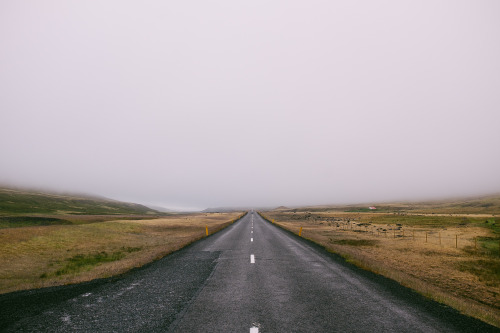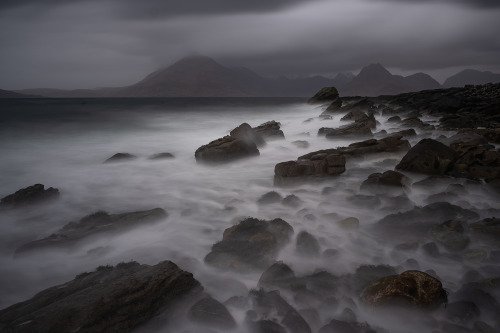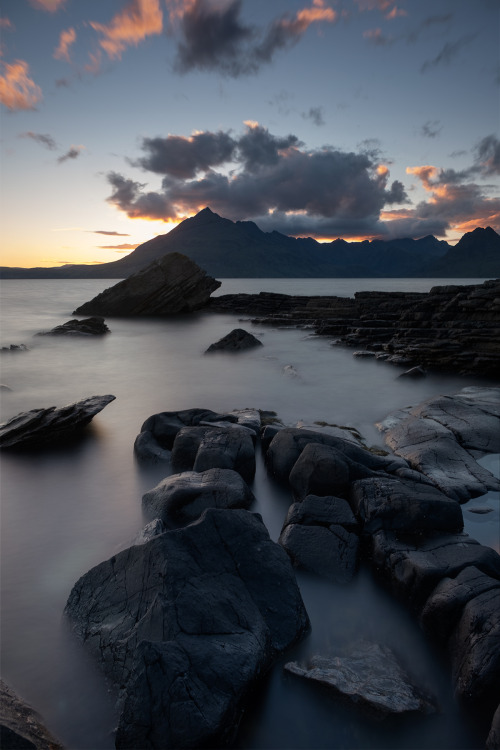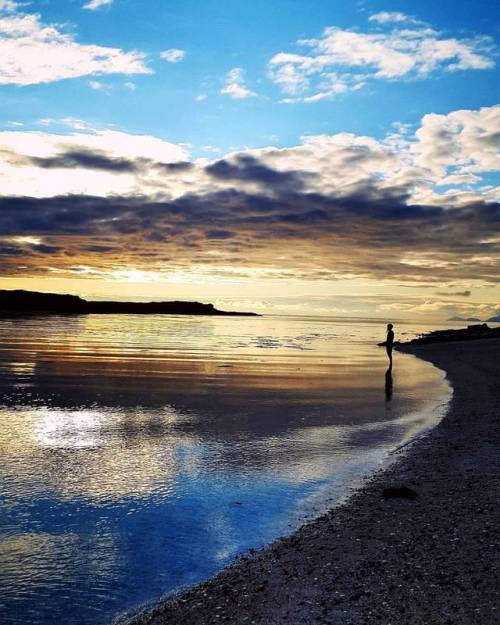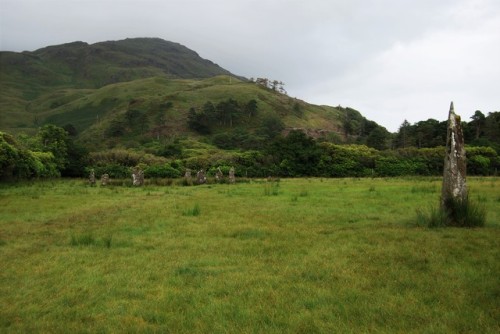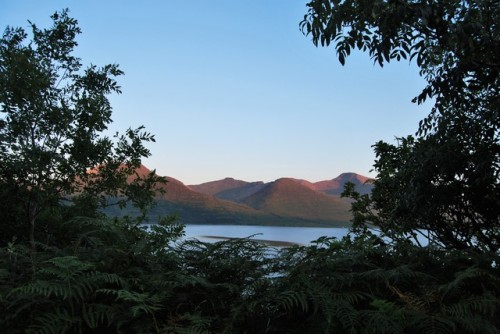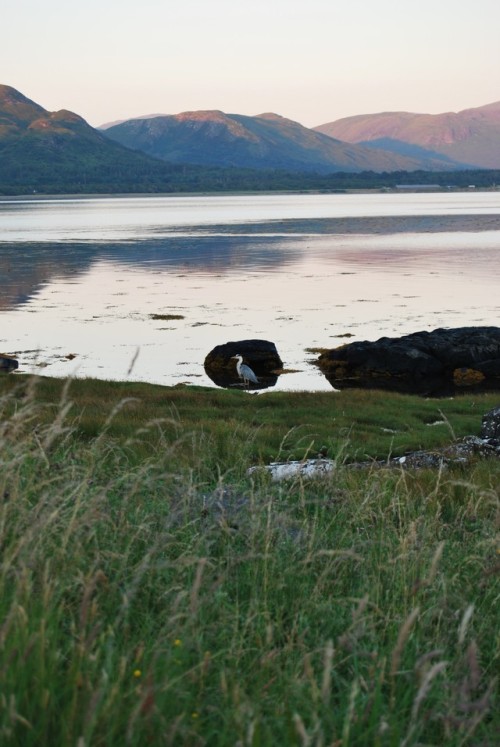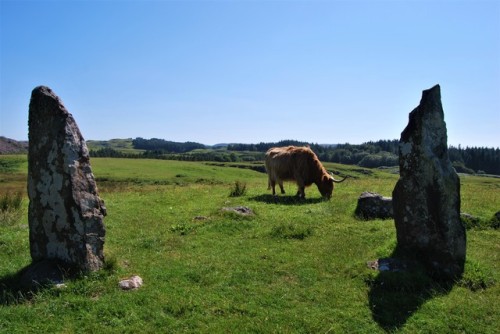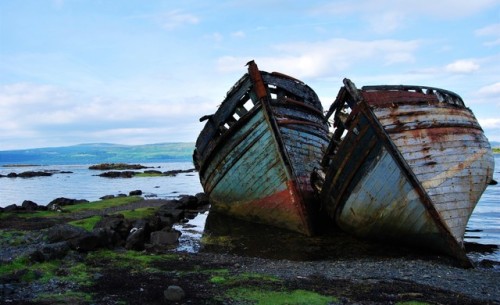#highlands
Doorstep capture by Seònaid
Via Flickr:
I managed to photograph the Hebridean Princess cruise liner, from the doorstep as she sailed up the Sound of Sleat on a gorgeous March evening! Interestingly this lovely ship started off as a MacBrayne ferry.based in Oban and visiting the Scottish islands.
King of the castle by INNES
Via Flickr:
I trundled out to Newton (of Ardtoe) anticipating a colourful sunset. I had just spotted a sea eagle when I noticed this sheep looking down at me. Sea eagle, Sheep?….sheep, sea eagle? It was an easy choice! Sheep! Caught in the last of the evening light and looking rather magnificent up on a rocky outcrop, with his scruffy fleece blowing in the …………..and golden earrrings
If you could take me anywhere on holiday, where would we go?
…
A hike through the #highlands and #isles of #Scotland OR an escape to #Hawaii?
…
#holiday #vacation #islands #isleofskye #faerieglen #diamondhead #hiking #beach #lighthouse #bluewater
…
(Actual photos from my holidays! Not images stolen off the internet)
Post link
Portrait of a group of deer hunters posing on a hillside in Glenfeshie, Scotland, c. 1858. Taken by Scottish photographer Horatio Ross.
Source: Metropolitan Museum of Art.
Post link
Blooming thistle in North Harris (Na Hearadh), Western Isles. Mèabhaig gu Bogha Glas.
Bogha Glas is a 11 miles path, one of the longest single paths in the Western Isles. The path takes you through one of the largest areas of wild land in Scotland along a centuries old path used by crofters, fishermen and deerstalkers. The first 5 miles follows a good level track through Glen Meavaig. The track is then replaced by a hill path which climbs two ridges and crosses a wide glen before dropping steadily back down towards Loch Seaforth.
Post link
Hebridean blackhouse (taigh-dubh), Baile an Truiseil, Leòdhas, Western Isles.
This blackhouse was built between 1852 and 1895, and was the home of a crofting family and their animals until 1965, when they moved out. It is still fully furnished and preserved almost as the last family left it.
Blackhouses were very different from modern homes, as they housed animals as well as people, had rounded corners, had no chimney or windows. Sharing with animals made the house warmer and meant fewer buildings were needed.
The blackhouse has a central door. Inside is an aig an teine (‘living room’) and a bathaich (‘cattle byre’), with a parallel sabhal (‘barn’). A peat fire burns in the open hearth with the smoke filteeing thrlugh the roof. It is in the centre of the living room and it was the heart of family life, never allowed to go out. Smoke from the peat fire killed insects, and the smoke-laden thatch, which was replaced every so often, made excellent fertiliser for the fields. (Arnol, Eilean Siar, United Kingdom)
Post link
Sunset at Tràigh á Chorail, Claigan, Isle of Skye.
Even though it’s called Coral beach, it’s not really coral but crushed bleached skeletons of red coralline seaweed (Maërl) that makes the water look tropical blue when the sun comes out.
Post link
Lochbuie stone circle, Isle of Mull, Scotland 2017
This small stone circle is the only one on Mull and stands in a breathtakingly beautiful setting, under the watchful gaze of Ben Buie.
You have to cross an extremely boggy field to reach it, so wear your tallest wellies and be very careful if you don’t want to be found as a bog body in thousands of years. Peat bogs are a type of wetland where the water on the ground surface is acidic and low in nutrients. They are filled with decaying organic matter, usually feature rich biodiversity and from a distance, they look rather homogeneous. However closer up, you discover that peat bogs are actually not that uniform in surface, depth or texture. In fact, they’re quite treacherous as you can never tell how deep (sometimes VERY deep) or spongy your next step is going to be. Hiking through them can be hell, as you can sink in bogs quite quickly.
The circle probably dates to the late Neolithic (3000 BC) or early Bronze Age. There were originally 9 stones, all of local granite. One of the stones has been replaced by a low boulder. The circle is about 12.3 metres in diameter, with the tallest stone about 2 metres high and the smallest about 1.2 metre high. Interestingly, the standing stones have been placed so that their flattest side faces the interior of the circle. There are three outlying stones, one about 5 metres from the circle to the south east. This is a fairly unobtrusive boulder about 1 metre high, and its azimuth of 123° with a very high horizon gives a declination of -12°, of no known significance. The second outlier is a very striking monolith about 3 metres high, standing at least 40 metres to the south west. The azimuth of 223.6° with a horizon height of 0.4° gives a declination of -23.7°, and so indicates the position of the setting sun at the winter solstice. The horizon is now partially blocked by nearby trees. Much further away (about 110 metres) is the third outlier, which is roughly 2 metres high. This stone looks like it has suffered a break near the top and was probably much taller when it was first erected. The bearing of 237° and an altitude of just over 2° gives a declination of -16.0°. This is the declination of the sun at the winter Quarter days in early November and early February.
Post link
Glengorm standing stones, Isle of Mull, Scotland 2017
Three standing stones (around 2 metres high) occupy a commanding position on the end of a ridge in the broken ground to the west of Glengorm Castle. In the early 1880s only one of the stones was upright, but the other two had been re-erected by 1942. The stones are surrounded by a modern enclosure-bank and the packing-stones visible around the two re-erected stones are also of a recent date. The site was excavated as part of a four week survey of the stone alignments of northern Mull. The northernmost of the three stones appears to have been re-erected near its original position, while the southernmost stone has been dragged NE, to be wedged upright in a cleft in the bedrock. The original alignment did not repeat the trend of other sites in the area. Further conclusions await processing of the survey data.
The existence of a large mound of stones nearby was recorded in 1883, but it is no longer visible, and it is not clear from the description whether it was a prehistoric burial cairn or not.
Glengorm was originally known as Sorne. In 1850, the new landlord, one James Forsyth, began to ‘improve’ his estate in the usual fashion in the Highlands - by clearance. The main house was replaced by a large and imposing baronial 'castle’. Forsyth sought advice on a new name for the estate from one of the few remaining tenants of the land, an old lady, and she suggested Glengorm, meaning Blue Glen. Little did he suspect that the name would commemorate, for all time, the days when the glen was indeed blue with smoke from the burning homesteads.
Post link





